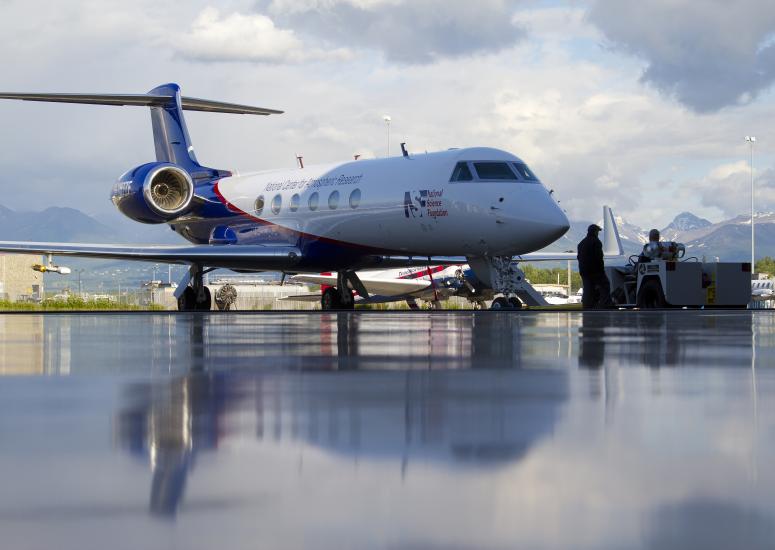-

Detailed global portrait of greenhouse gases emerges from pole-to-pole flights
The HIPPO field project is enabling researchers to generate the first detailed 3-D mapping of the global distribution of gases and particles that affect Earth’s climate.
- Climate,
- Air Quality
-

Tracking pollution from the Wallow wildfire
Hazy skies and fiery sunsets were noted across much of the central United States after the huge Wallow Fire developed in Arizona. But there’s also a quantitative way to track fire’s impact on the surrounding air.
- Air Quality
-

Paved surfaces can foster build-up of polluted air
New research focusing on the Houston area suggests that widespread urban development alters weather patterns in a way that can make it easier for pollutants to accumulate during warm summer weather instead of being blown out to sea.
- Air Quality
-

Pollution’s second wind
The air in the vicinity of Earth’s biggest urban areas includes a wild variety of constituents emitted by cars, factories, trees, and much more. Tracking the fate of such air as it spreads outward is no simple task.
- Air Quality
-
Ozone recovery and greenhouse gases in the Southern Hemisphere
A new study looks at how the anticipated recovery of the ozone hole over Antarctica and simultaneous increase in greenhouse gas concentrations will combine to affect weather and climate in the Southern Hemisphere.
- Climate,
- Air Quality
